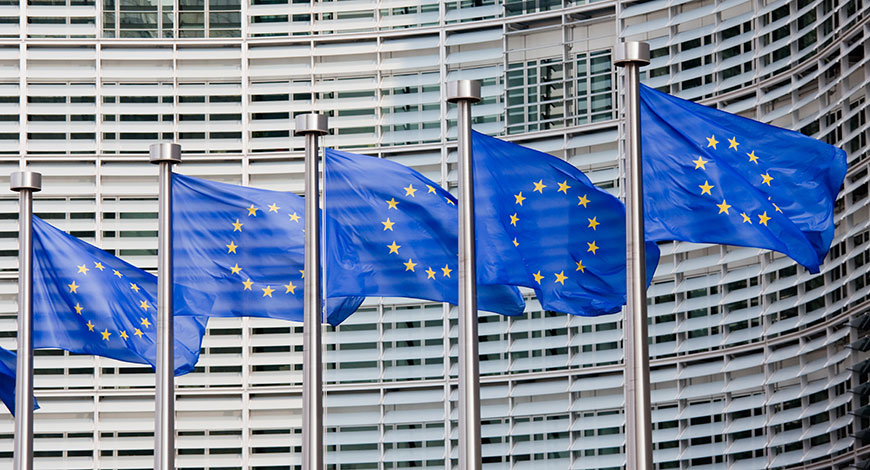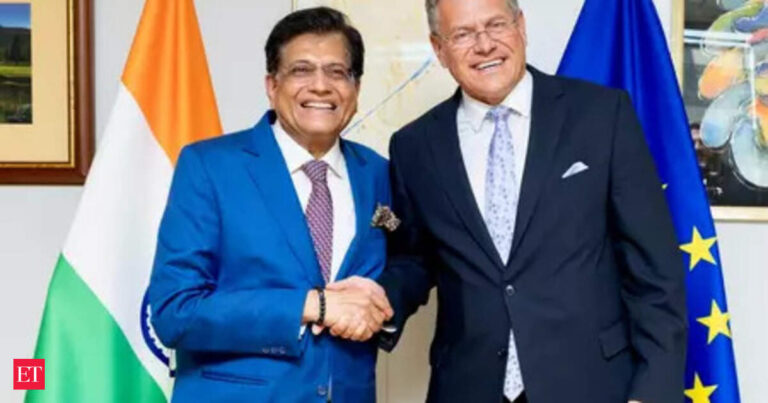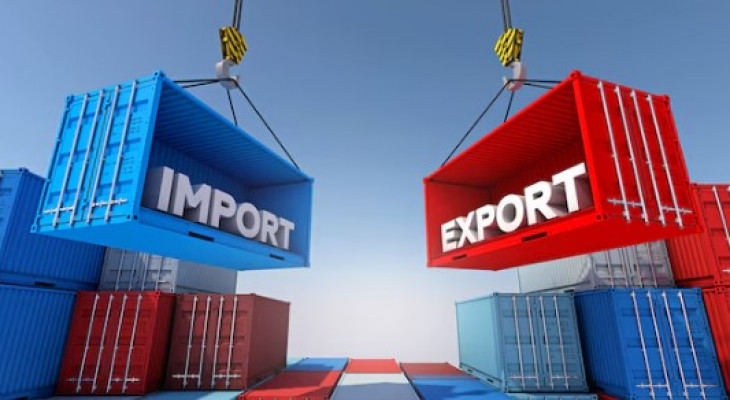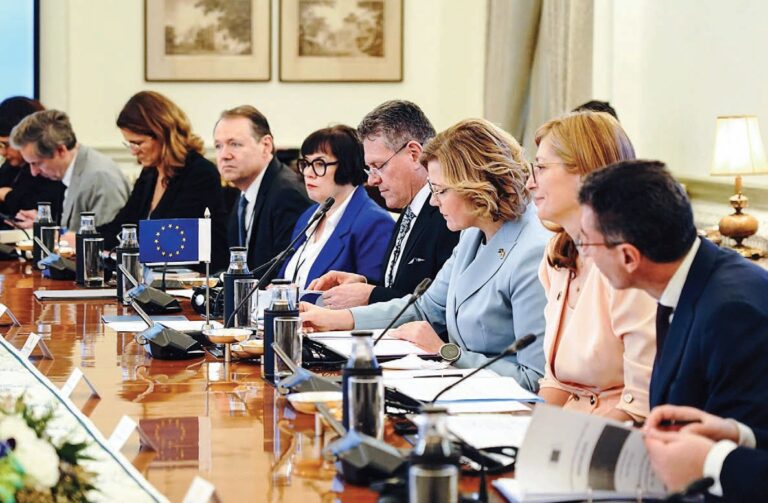
While India and the European Union fall into the tenth cycle of negotiations for the Commerce and Investment Agreement (BTIA), significant obstacles remain despite the two parties aimed at finalizing the agreement by the end of 2025, according to a report by the Global Trade Research Initiative (GTRI). Although a successful agreement can stimulate bilateral trade and extend market access, deep disagreements on prices, regulatory obstacles and investment protections continue to block progress.
Negotiations, which have continued since 2007, have been faced with several delays due to disputed problems such as agricultural prices, automotive import rights, government purchases and sustainability commitments. The EU puts pressure for deep pricing cuts in the sectors, especially in cars, wines and dairy products, while India remains cautious at the opening of its market too largely. Indian negotiators also resist demands on sustainability and work standards, fearing that rigid obligations will hide with domestic policies.
A major point of collision is the request of the EU of reduced prices on dairy products and imports of wine. The EU wants India to cut prices on cheese and skimmed milk powder, which India is currently protecting through high tasks to protect its dairy industry. Similarly, European wines exporters are pressure for reductions in prices of 150% current at 30 to 40%, a decision to which Indian wine producers are firmly opposed. The report stresses that even if India agrees to reduce prices, strict regulatory standards could still act as trade barriers.
The automotive sector remains another controversial area. The EU is looking for a reduction in steep import duties from 100 to 125% of India on fully built cars, offering a reduction to 10 to 20%. Although this can make European luxury cars more affordable in India, national car manufacturers fear that the lower tasks have an impact on local production and employment. India has resisted such price reductions in previous trade negotiations, and conceded to EU requests could create pressure to extend advantages similar to other business partners such as Japan and South Korea.
Another point of disagreement is trade. India recognizes the General Data Protection Regulation (GDPR) of the EU, which would facilitate cross -border data flows for Indian IT companies. However, the EU remains reluctant, insisting that India adopts stronger confidentiality regulations. In addition, India seeks easier commercial visa standards for professionals traveling to Europe, while the EU wants greater access to the market in the financial, legal and banking services of India.
The report written by Ajay Srivastava, founder, GTRI also underlined the concerns concerning the EU carbon border adjustment mechanism (CBAM), which could impose 20 to 35% tariffs on Indian steel, aluminum and cement exports. India argues that if the EU is looking for an access to the Indian market, the CBAM and other environmental regulations could be used as indirect commercial barriers, reducing the competitiveness of Indian goods in Europe.
In addition, while India prefers its model of model bilateral investment treaty, the EU demands the rights of stronger investors, fearing that India policies would limit the capacity of European companies to request a legal appeal. Former investor-state disputes have made India prudent to accept large investment protections, and negotiations remain difficult.
Despite these challenges, the GTRI report revealed the potential advantages of a successful agreement. The bilateral trade between India and the EU exceeded USD 190 billion during the 2024 financial year, and a well -structured agreement could further improve economic ties. The EU remains the second export destination for India, with major exports, including petroleum products, textiles, pharmaceutical products and IT services. In turn, the EU is a key supplier of machines, cars, planes and chemicals in India.
While the two parties expressed a renewal of political will to conclude the BTIA, the coming road remains uncertain. With unresolved problems between prices, sustainability, investment and market access, negotiations will require significant compromises. If an agreement is concluded, it could mark a major change in trade relations in India-EU, but if the discussions are dropped again, the agreement may be pushed further in the future.



